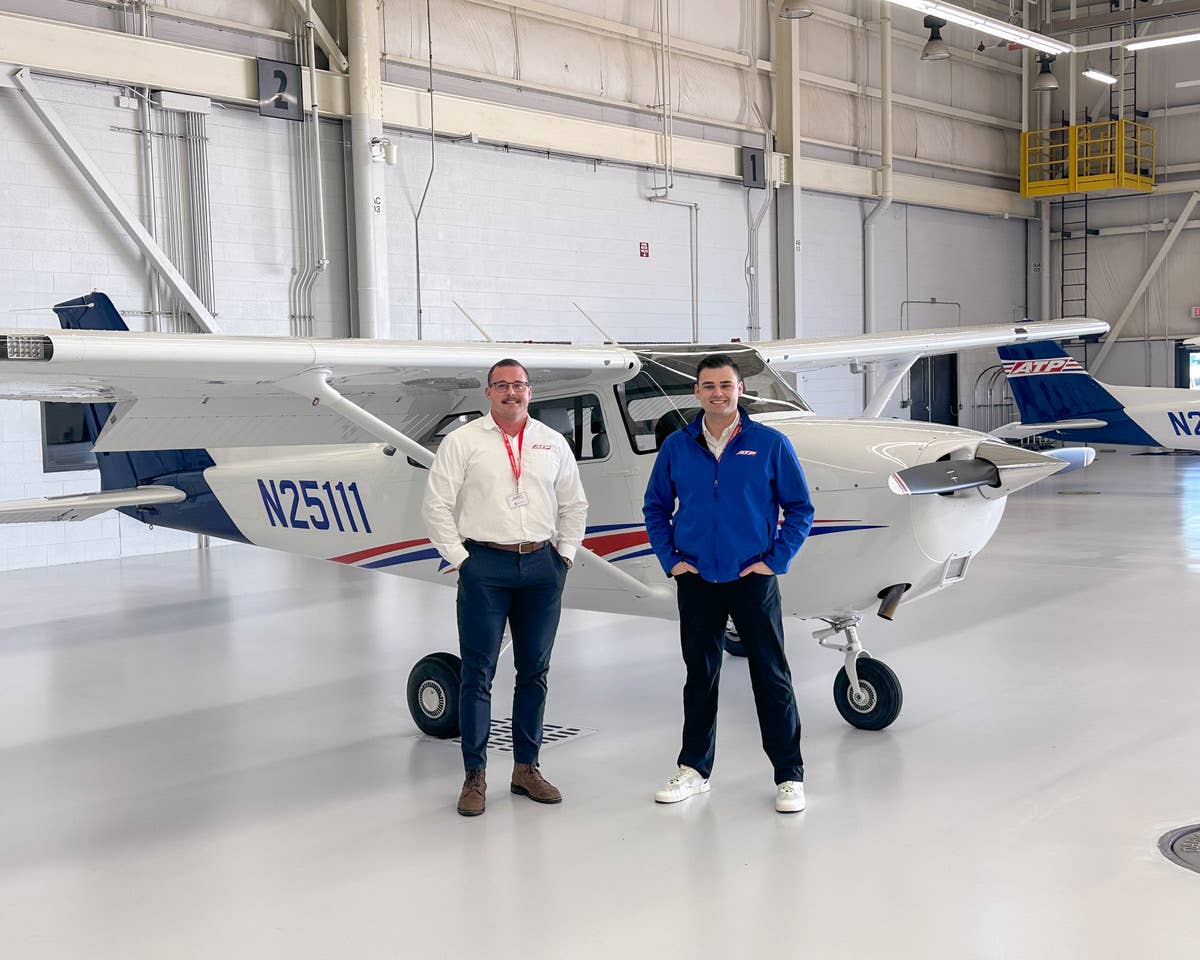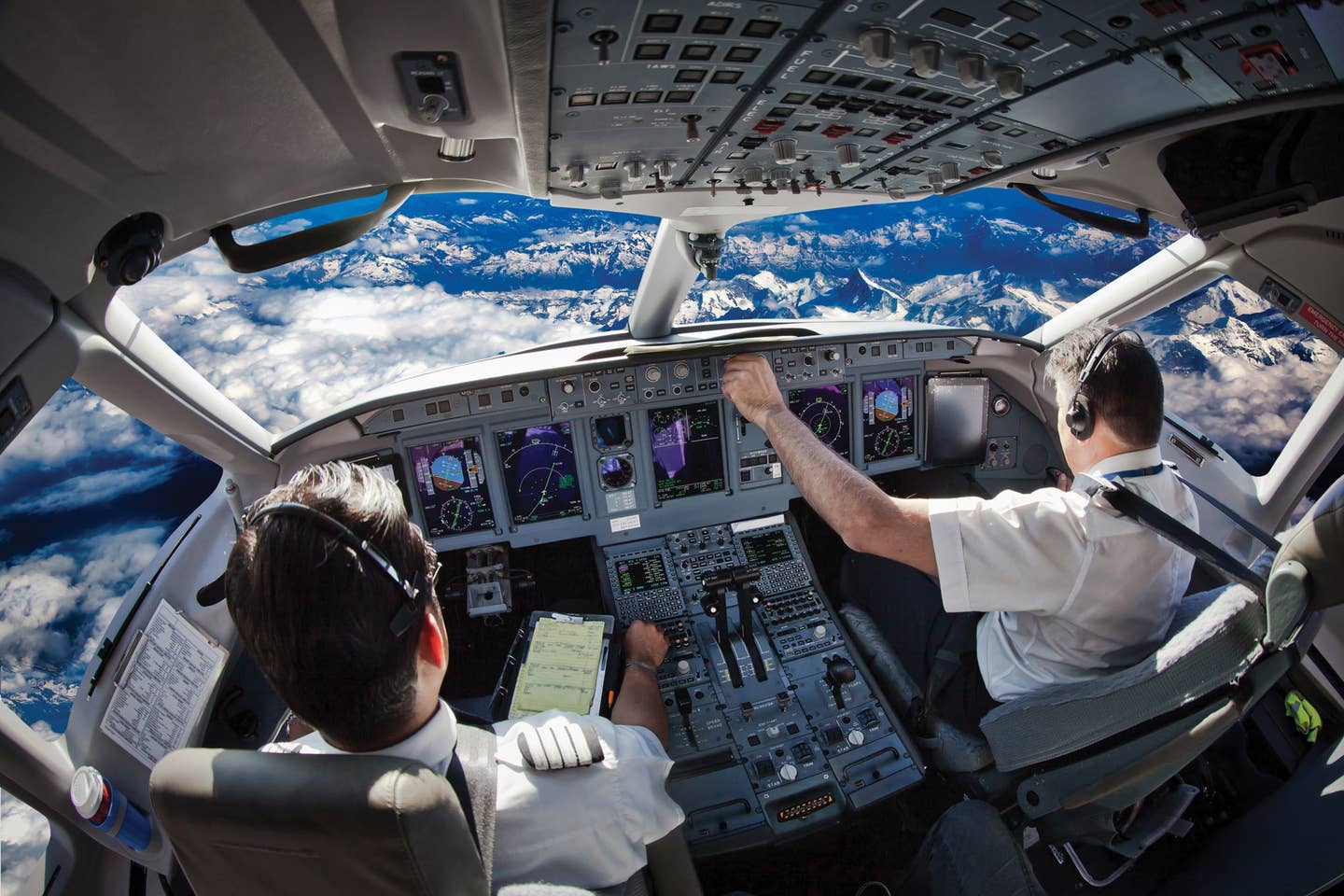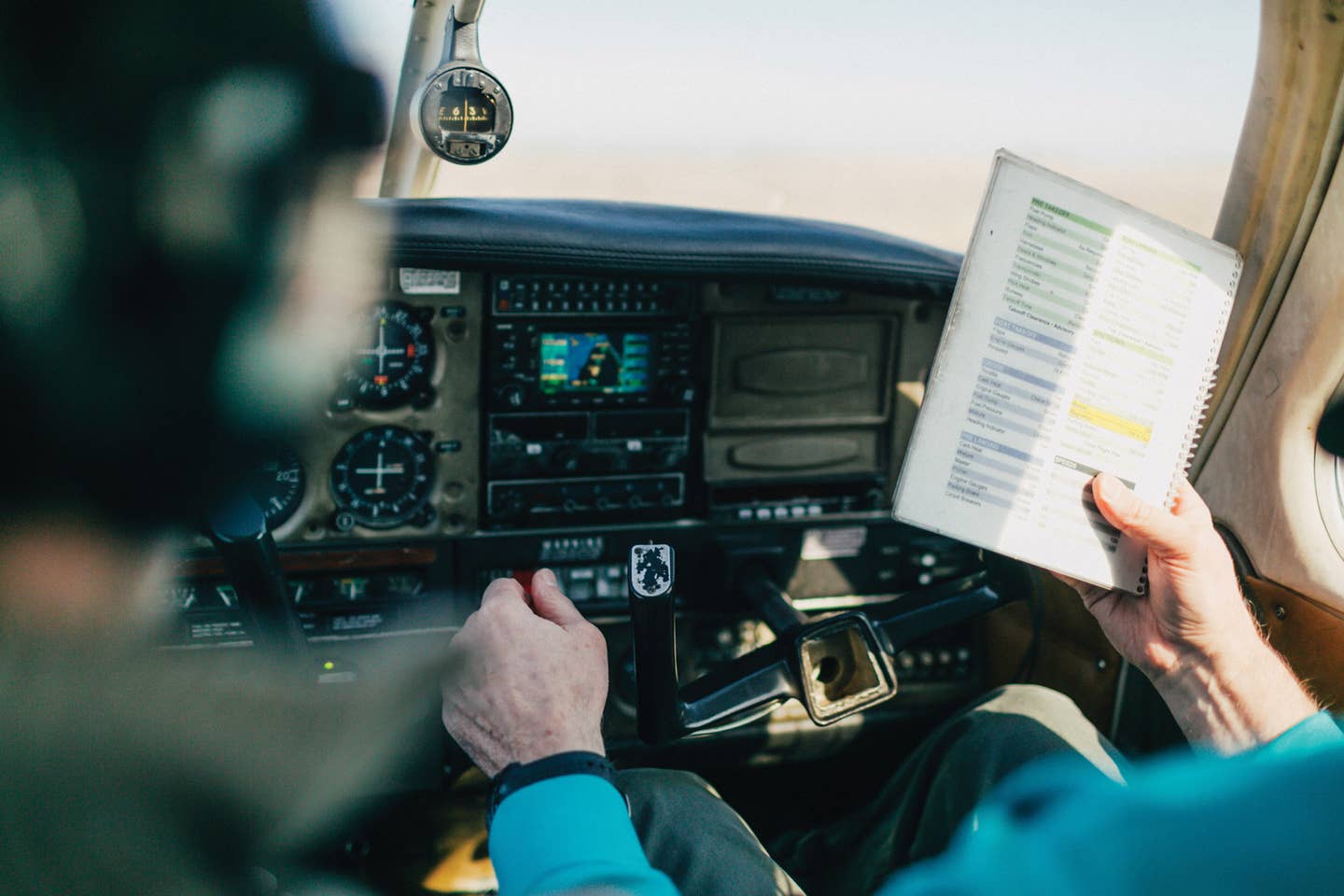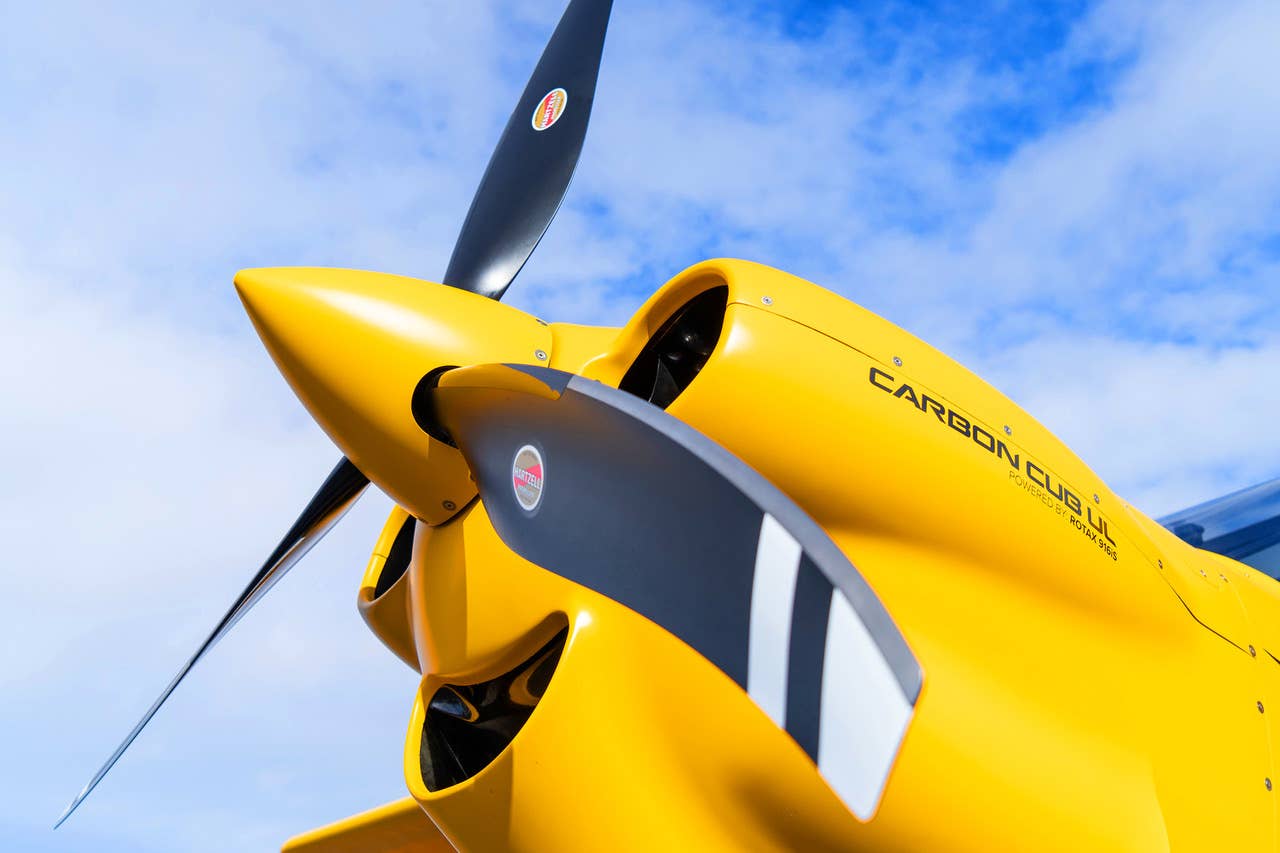Avoiding CFIT
Despite constant warnings, controlled flight into terrain continues to vex general aviation pilots
It seems as though every time you read a paper, there's something about a pilot crashing a perfectly good airplane into the ground. These sad events are typically referred to as controlled flight into terrain or CFIT. Most of these CFIT catastrophes result from a pilot's breakdown in situational awareness (SA) instead of one of the more arresting emergencies, such as an engine failure or a fire. In other words, these accidents are, for the most part, entirely preventable by the pilot. If that isn't thought provoking enough, these CFIT statistics should raise the hairs on the back of every general aviation (GA) pilot's neck: 80% of all CFIT accidents involve GA aircraft, of which 70% occur in single-engine models. Even more tragically, 75% of CFIT calamities result in the deaths of all occupants.
So how can pilots avoid CFIT? An important step is to evaluate operational risks. As you can imagine, certain flight ventures are more precarious than others. The key is to properly prepare for flights that have an elevated hazard level while avoiding those that are downright dangerous. The Flight Safety Foundation has created a CFIT risk checklist outlining what operations increase risk and by how much (www.flightsafety.org/pdf/cfit_check.pdf). The majority of CFIT accidents occur during takeoff, climb-out, approach and landing.
Not surprisingly, flights with few visual cues, such as night operations and IMC flights, have a dramatically increased CFIT risk. Other situations that can increase the probability of the CFIT menace are "black hole" approaches or those at fields with limited lighting. Illuminations such as a visual approach slope indicator (VASI) can keep you safe (VASIs actually provide obstacle clearance within 4 nm and +/-10 degrees of the runway centerline).
For the instrument pilot, non-precision and circle-to-land arrivals carry more risk than precision and straight-in landings. Improperly using minimum descent altitudes (MDAs) and decision altitudes (DAs)---for example, descending below them when you're not supposed to---is asking for trouble. Many unwanted collisions with trees and rocks have been attributed to pilots, knowingly or not, who have dismissed MDAs. Also, visual descent points (VDPs) and making "normal descents to land" are crucial to avoid seeing pines in the landing lights.
Some CFIT threats have nothing to do with being able to see the terrain. Lots of pilots don't compare aircraft performance to what will be required for departure, en route and go-around. In a recent accident, a pilot simply smacked into a mountain because he neglected to compare his actual aircraft service ceiling (taking into account ambient air temperature because service ceiling is a function of density altitude) to the height of terrain en route. What a shame that a little planning could have prevented such a tragedy.
Many IFR departure procedures (DPs) exceed the performance capabilities of GA aircraft, yet pilots still head off without concern. And while the FARs don't force Part 91 operators (most GA pilots) to comply with DPs and takeoff minima, to ignore them is nonsensical. Also, the thought that DPs should only be considered if you're flying IFR is an ill-founded concept. There's no better way to ensure obstacle avoidance from a strange airport at night than to use a DP.
Flying by yourself is another CFIT risk. This can be construed in two different ways. One way to fly on your own is to stay outside radar contact. No radar, no ATC low-altitude alerts. This is yet another great reason to take advantage of flight following, when available. The other type of solo flight is just as it sounds---you have an empty seat to your side. If you're not in the plane by yourself, enlist the help of those on board. Even if your passengers aren't aeronautically inclined, they can provide some assistance by helping you stay organized, etc. By adding an extra set of eyes to the cockpit, you can reduce risk (this is one reason why airliners have two pilots). One very important consideration: If you have more than one pilot in the cockpit, make sure at least one is actually flying the airplane. If that sounds stupid, it should, but several accidents, including one involving an L1011, have resulted from such situations.
With the CFIT risk augmenters in mind, pilots should be able to make the proper adjustments to their preflight planning and en route decisions. When developing a flight plan, do a thorough terrain evaluation, particularly if you're unfamiliar with the area. New computer flight-planning programs can facilitate this with ease. This topographical analysis should take into account the departure airport area, the climb path, route at cruise, the descent conduit and the arrival airport and its surroundings. By knowing where the terrain is and being clued in to what the minimum clearance altitudes are, you shouldn't ever be caught off guard by a hill or tower.
During this examination of the flight route, aircraft performance needs to be checked. A pilot who doesn't check takeoff and landing charts isn't just a fool, but is disobeying the FARs. Someone who doesn't consider climb rates after takeoff and en route performance is tempting fate. Let's say you're taking off out of Alamogordo, N.M., (elevation 4,200 feet) and you're planning to fly due east to avoid the multiple restricted areas in the vicinity. Within four miles of the airport, the terrain rapidly rises up to over 8,000 feet. There aren't many GA aircraft that can comply with a climb gradient (different than rate of climb) of 1,000 fpm at sea level, let alone at altitude.
So you're a smart enough pilot to know that you'll need to climb to the west in the flatlands prior to heading east. But what about the mountains beyond the airport that saliently poke up to 10,000 feet? Simply fly a couple thousand feet above that; no biggie, right? Well it depends. Let's say that the typical mountain concerns (wave activity, obscuration, etc.) aren't a factor. One of the most common trepidations that many GA fliers have at these altitudes is related to oxygen requirements. Oxygen is an important factor, but just as epochal is aircraft performance.
Depending on the model, a Cessna 172 has a service ceiling of 13,000 feet under ideal conditions. To determine the actual service ceiling, one needs to check the temperature aloft---perhaps it's 10 degrees above standard. The aircraft climb rate would thus become marginal (100 fpm) at around 11,000 feet, which doesn't leave much insurance. Of course, all of these service-ceiling calculations should be taken with a grain of salt---they ignore the fact that the engine has probably been beaten up quite a bit throughout its lifetime and has likely experienced the degrading effects of, say, turbulence. Neglecting to premeditate these factors is poor SA.
Losing track of where you are also results in a collapse of SA. Though there's really no excuse for losing SA, the moving-map GPS negates any possible rationalizations. By knowing your exact position and, through your diligent preflight planning, knowing the attributes of proximate obstructions, CFIT should be wiped out altogether (wishful thinking, I know). And if keeping track of your location seems a bit too trying with the aforementioned methods, there's even better technology available.
The cutting-edge Terrain Awareness and Warning System (TAWS) has been invading GA cockpits for a while now. And it's quickly becoming more affordable. TAWS endlessly performs GPS position vs. elevation analyses and presents the results to the pilot on a visual display of intuitive colors (yellow represents a terrain caution and red is a warning). Aural warnings are also provided to keep even the most situationally unaware pilot alert. Other technological tools are out there, such as Chelton's synthetic vision system, which displays terrain contours on the pilot's primary flight display. Though, as with any other new cockpit contrivances, pilots shouldn't become over-dependent on these tools.
With all this CFIT talk, one might argue that GA flying is rather dangerous. But consider what CFIT really is and what typically causes it---a pilot flies the plane into ground that he or she didn't know was there. If you know where you are and where the terrain is, your safety is assured. GA flying is as safe as you're willing to make it. By effectively planning your flight and keeping track of your position, you can be certain that you're not going to see any mountain goats from the vantage point of the cockpit.

Subscribe to Our Newsletter
Get the latest Plane & Pilot Magazine stories delivered directly to your inbox






